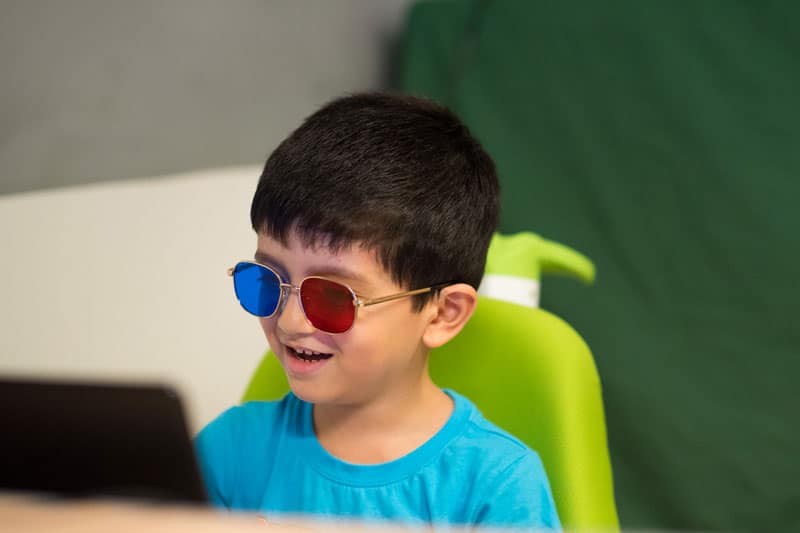Vision problems can exist despite having healthy eyes and being able to see clearly, as difficulties can occur in eye muscle control and coordination. Vision therapy (VT) is a customised program of visual activities designed to correct certain vision problems and/or improve visual skills that the patient practices over time.
Who can benefit from Vision Therapy?
1. Children with reading and learning difficulties
a. Most common problems are tracking difficulties (inability to keep one’s place when reading), eye-teaming difficulties (inability to keep both eyes pointed to the same place in space), and visual focusing difficulties (inability to keep attention on a particular object in space).
b. Vision therapy has been shown to have a 90% success rate for these types of visual difficulties. Once the visual difficulty has been eliminated, the student learns much more easily.
2. Patients with eye turns and lazy eyes
Functional cure rates of vision therapy for eye turns and lazy eyes are 2 to 5 times more effective than surgery.
3. Patients with performance and/or stress-related vision problems
These patients may suffer from attention difficulties, reading comprehension difficulties, or slow reading speeds. They may be experiencing headaches, double vision, or general eye strain or fatigue. They may be athletes who want to develop their visual abilities to their maximum potential to allow them to excel in their sport.
What does treatment involve?
It is important to realize that it is not possible to make significant changes in what may be lifelong habits in just two or three sessions. Generally, it will take 8 to 10 sessions to start seeing changes in everyday life. Therefore completing a course of VT will require a time and a lot of dedication, but it will be worth it once you start to notice these changes!
